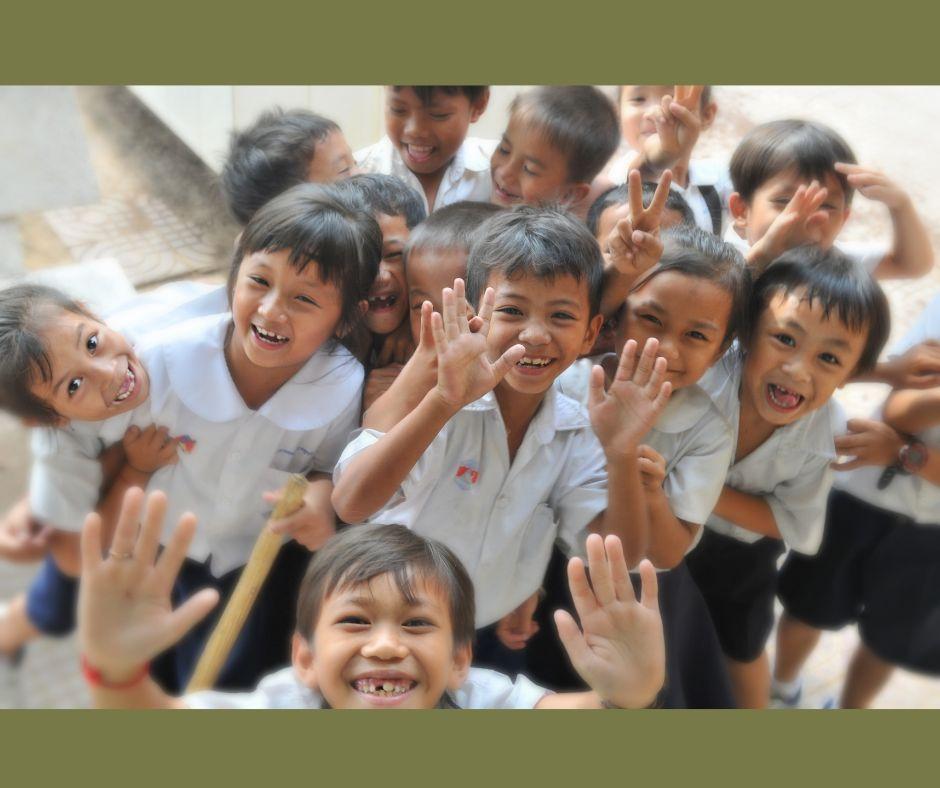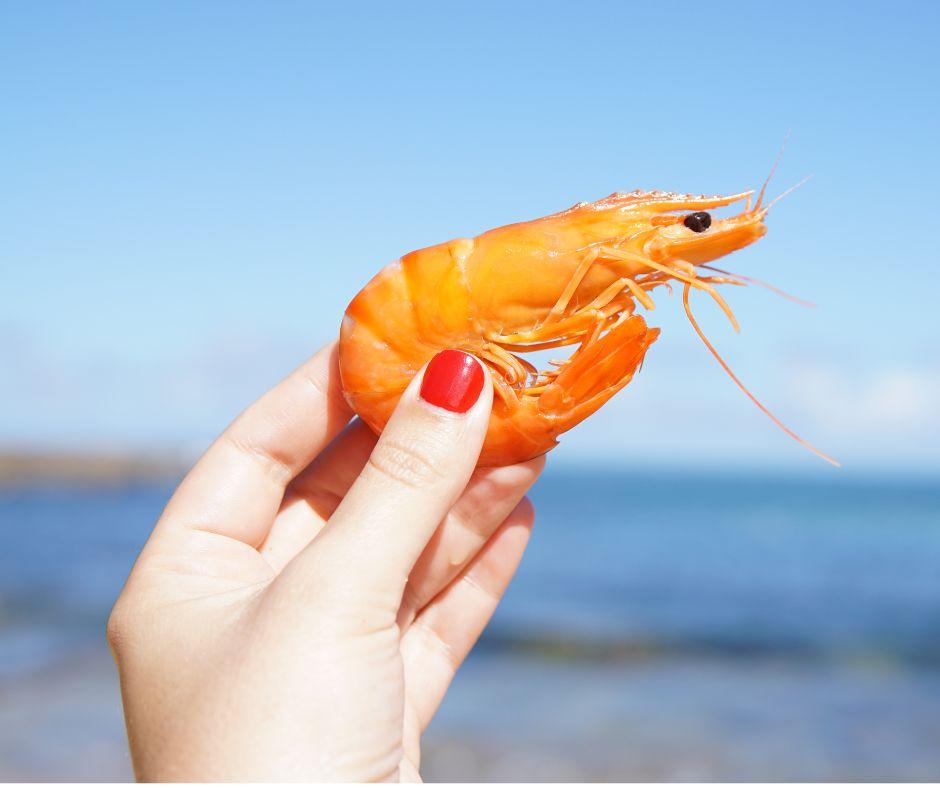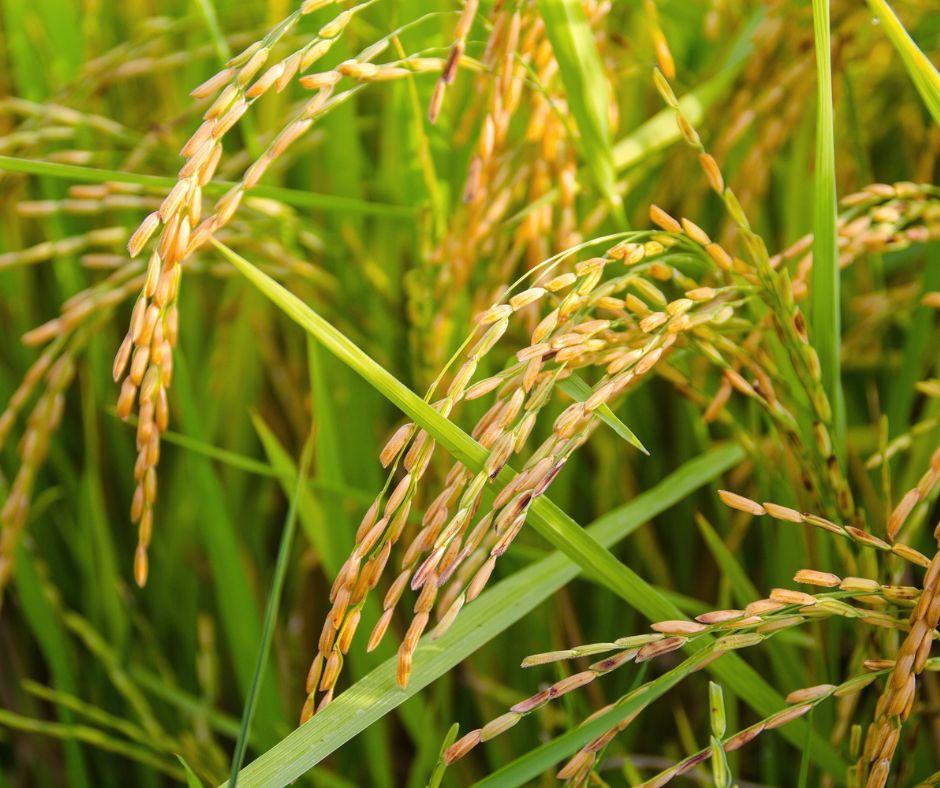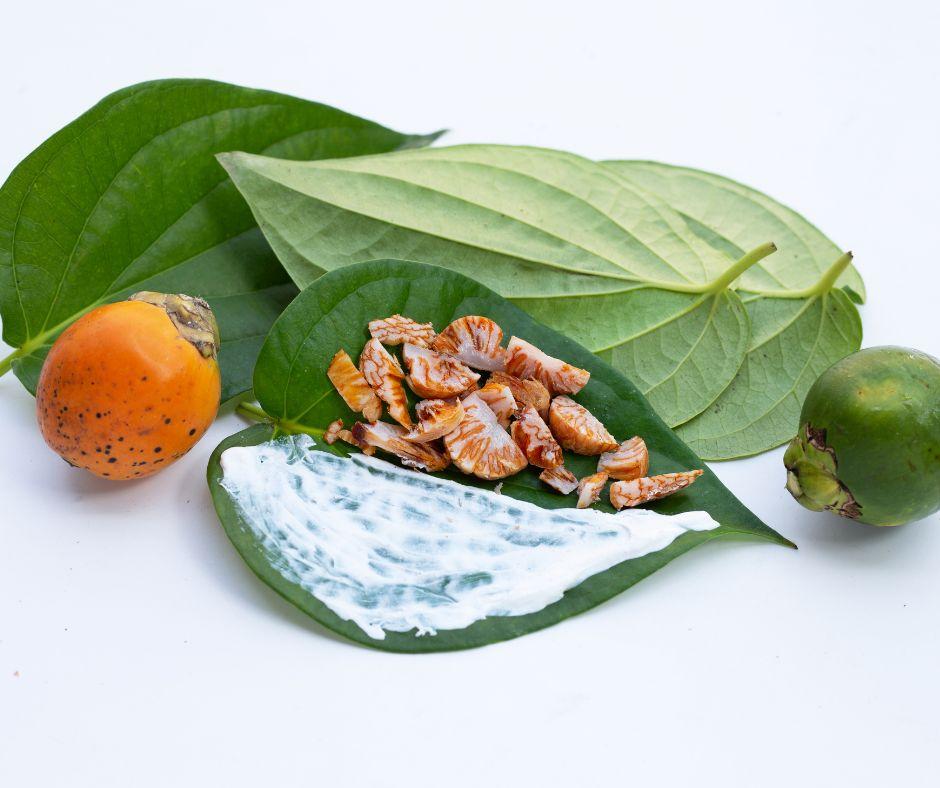Khalishkhali Village: A Vibrant Tapestry of Agriculture and Education

Nestled within the expansive 37.36 square kilometers of the union, Khalishkhali village stands as a testament to the harmony between rural life and education.
With a population of 31,468 individuals, this village boasts a rich agricultural tradition and a growing emphasis on education, making it a unique and vibrant community.
Demographics:
The demographic makeup of Khalishkhali village reflects a balance between genders, with 16,631 males and 14,837 females.
This harmonious distribution contributes to a cohesive community spirit, fostering collaboration and shared responsibilities.
The village comprises 11 mauzas and 33 villages, creating a diverse landscape that adds to the cultural richness of the region.

Education:
Khalishkhali village takes pride in its educational infrastructure, with two colleges, four secondary schools, 21 primary schools, and two madrasas providing a spectrum of learning opportunities.
The presence of Qawmia Madrasa further reflects the commitment to diverse educational pursuits.
The union education rate stands at an admirable 65 percent, underscoring the community's dedication to fostering knowledge and enlightenment.

Agriculture:
The heartbeat of Khalishkhali village is undeniably its agrarian landscape, where the majority of residents are engaged in farming activities.
The fertile soil and favorable climate make it conducive for cultivating a variety of crops.
The primary agricultural produce includes fish, rice, vegetables, and betel nuts, contributing to the sustenance of the local economy.

Fisheries:
One of the noteworthy aspects of Khalishkhali's agriculture is its emphasis on fisheries. The village actively engages in fish farming, harnessing the abundant water resources in the area. Shrimp, in particular, stands out as a major cash crop for the villagers.
The cultivation of shrimp not only serves as an economic boon but also highlights the innovative approaches taken by the community to diversify their agricultural practices.

Rice Cultivation:
Rice, being a staple in the region, holds a special place in Khalishkhali's agricultural landscape.
The verdant fields of rice paddies contribute to the self-sufficiency of the village and play a crucial role in the local diet.
The meticulous cultivation of rice reflects the traditional farming practices passed down through generations, creating a deep connection between the people and the land.

Vegetables and Betel Nuts:
In addition to rice and fish, the villagers cultivate a variety of vegetables to meet their dietary needs and contribute to the local market.
The cultivation of betel nuts adds a distinctive touch to Khalishkhali's agricultural portfolio, showcasing the diversity of crops grown in the region.
These endeavors not only sustain the community but also foster a sense of self-reliance and agricultural resilience.
Conclusion:
Khalishkhali village, with its 11 mauzas, 33 villages, and a population of 31,468 people, embodies the essence of rural life intertwined with educational aspirations.
The commitment to education, reflected in the presence of colleges, schools, and madrasas, complements the thriving agricultural practices that sustain the community.
From fish farming and rice cultivation to the cultivation of vegetables and betel nuts, the villagers of Khalishkhali showcase a harmonious blend of tradition and innovation.
As the village continues to evolve, it remains a shining example of how rural communities can thrive through a balance of education and sustainable agriculture.


- Book Reviews & Literary Discussions
- Writing
- Reading List
- Arts and Entertainment
- Personal Development
- Storytelling
- Startup
- Books
- Biography
- Dance
- Drinks
- Entertainment & Pop Culture
- Health & Fitness
- Education & Learning
- Food & Cooking
- Oyunlar
- Gardening
- Self-Care & Mental Health
- Home Decor & DIY
- Literature
- Music
- Networking
- Other
- Party
- Philosophy and Religion
- Bahis Yatır
- Shopping
- Relationships & Dating
- Sports
- Theater
- lifestyles & hobbies/shutterbugs
- Lifelong Learning
- Tutorial
- Announcement
- Inspirational Stories & Motivation


